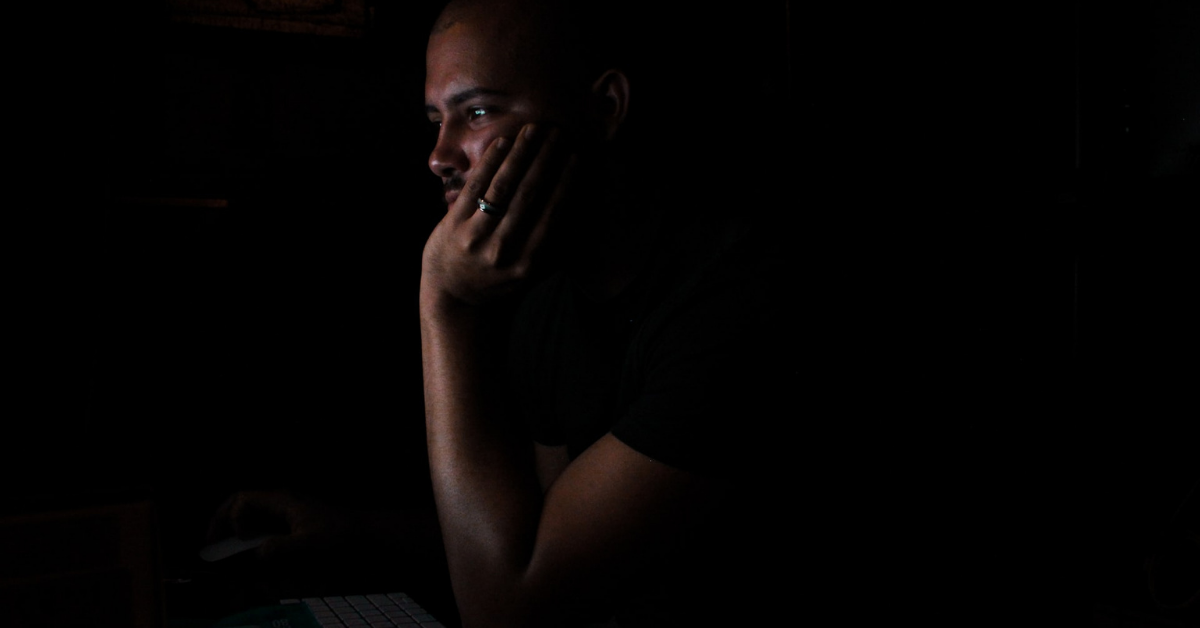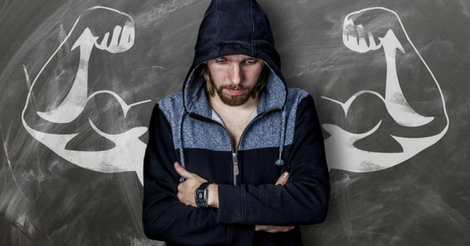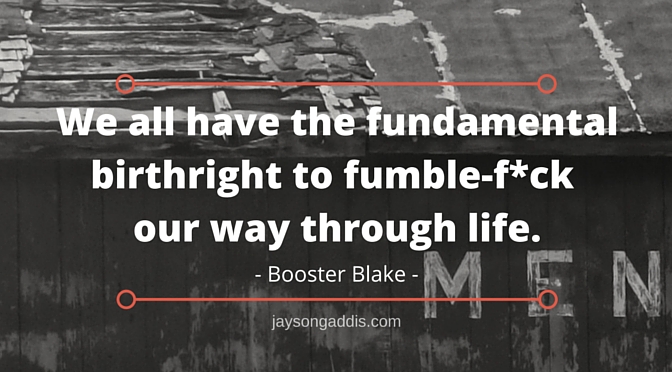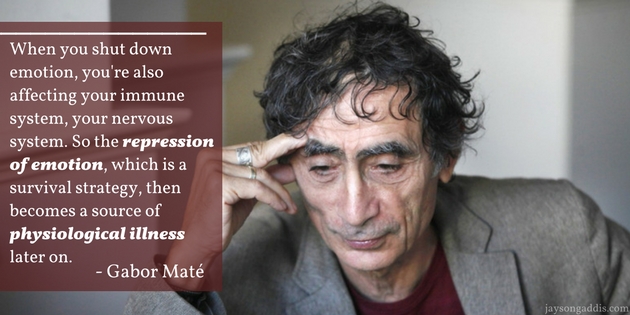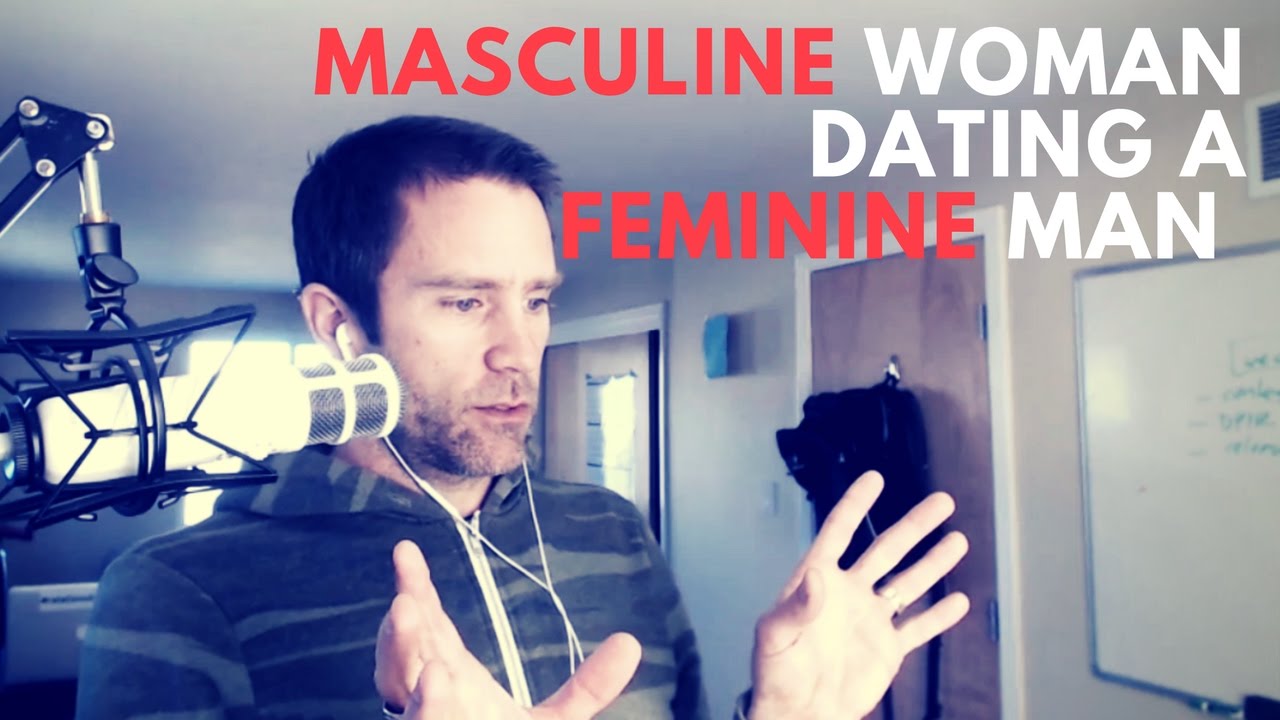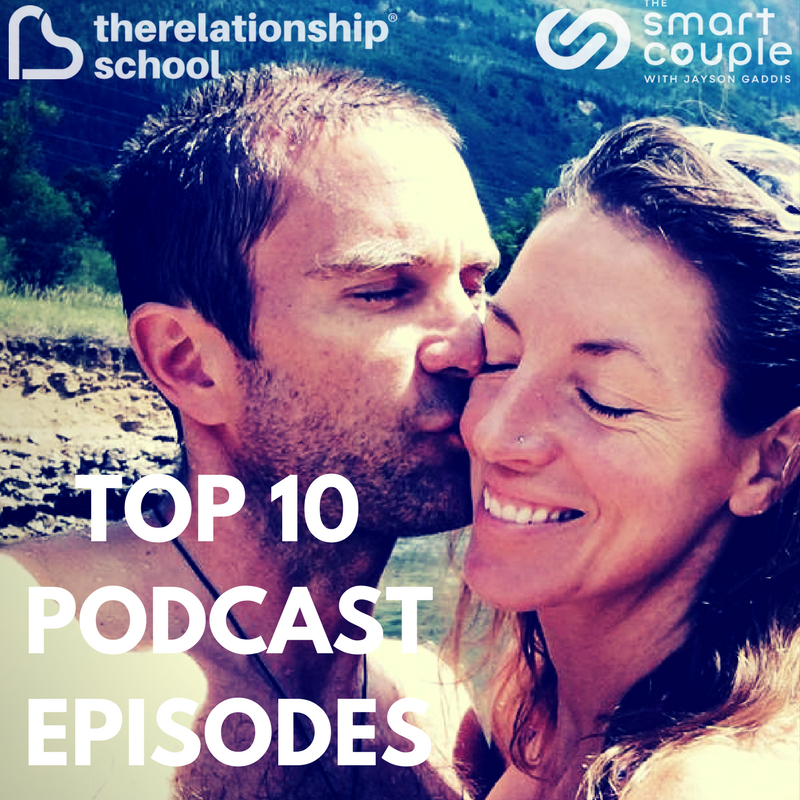A Personal Story Of Overcoming Mental Illness – Keith Kurlander – 331
This week, a very close friend Keith Kurlander joins me in a very inspiring discussion on mental health and overcoming mental illness.
His story is beyond incredible. Seriously. I’ve actually never met anyone that has overcome mental illness so successfully.
Keith is a true warrior. And, he’s a solid guide for others too. If you or someone you know struggles with mental health issues, this podcast is a must-listen.
What is mental health?
Mental health affects everyone. Similar to our physical health, we all have mental health. Mental health is the foundation that describes our overall psychological and emotional well-being. The influence of our life experiences impacts our mental wellness and emotional health and creates our mental health.
Therefore, mental health is based on an individual’s state of well-being in which they realize their potential by having the ability to cope with the daily stresses of life while being productive and maintaining healthy relationships.
What is mental illness?
Mental illness is when a person has been medically diagnosed with a mental health issue. When a person experiences significant changes in their thinking, emotions, and behavior that impacts their everyday life with functioning at work, school, and social settings, this is considered a mental illness.
For instance, a common mental illness is depression. When a person suffers from depression, they may withdraw from socializing with their friends and family. They might have problems at work and lose interest in their hobbies.
Since depression is the most common mental illness affecting men and women of all ages in the United States, many people seek integrative approaches to mental health and depression.
What’s the difference between mental health and mental illness?
Mental health and mental illness are connected, but they are two separate things.
Mental illness is when someone experiences significant disruptions in their lives and it affects their emotions, behavior, and thought process. Usually, a person has been diagnosed with a mental illness by a medical practitioner such as a psychiatrist or psychologist and is undergoing therapy.
On the other hand, mental health refers to our general mental well-being and includes our level of contentment and joy in our relationships, our self-esteem, and how well we cope with life’s challenges and stressful events.
The main difference is that mental health changes are based on an individual’s life experience. While mental illness describes a specific mood, anxiety, or psychotic disorder such as depression, anxiety, or bipolar disorder that affects a person’s ability to function properly in everyday settings.
Three things you can do to improve your mental health
When it comes to maintaining our mental health, self-care is important to practice. Here are three things you can do now to improve your mental health.
Start a journal
I suggest starting a journal and when you are feeling overwhelmed write down what is triggering your stress. Read it after a few days or a week and see if you feel the same. Many people find writing down their thoughts or what they are grateful for improves their mood.
Get enough sleep
Getting at least 8 hours of sleep energizes your brain cells and repairs your hearts and blood vessels. There’s nothing better than getting a good night’s rest when you know it optimizes your health.
Maintain a well-balanced diet
Maintaining a well-balanced diet with nutritious food is something easy you can do to improve your mental health. For example, salmon, berries, and whole grains have antioxidants and minerals that release endorphins in your brain and decrease stress, anxiety, and depression.
If you want to learn even more about relationships go to http://relationshipschool.com/training.
Shownotes:
- 0:00 Introduction and life story: Keith Kurlander
- 11:05 The impact of medications on the treatment of mental illness
- 12:55 Finding ways to help yourself by practicing spirituality
- 17:40 What triggered Keith to work on his mental health
- 23:25 How Keith’s life was affected by his mental health
- 26:45 Using Ayahuasca as an experimental treatment
- 35:05 Useful treatments for mental health
- 39:25 How relationships can help you overcome mental illnesses
- 43:45 Ketogenic diet in a nutshell
- 45:00 Understanding your own mental heath
- 51:35 How being aligned with your life’s purpose helps you balance your life
- 59:05 Action Step
Useful Links:
- https://relationshipschool.com/training
- https://psychiatryinstitute.com/
- https://psychiatryinstitute.com/podcast/
- https://www.psychiatriccenters.com/
- https://keithkurlander.com/

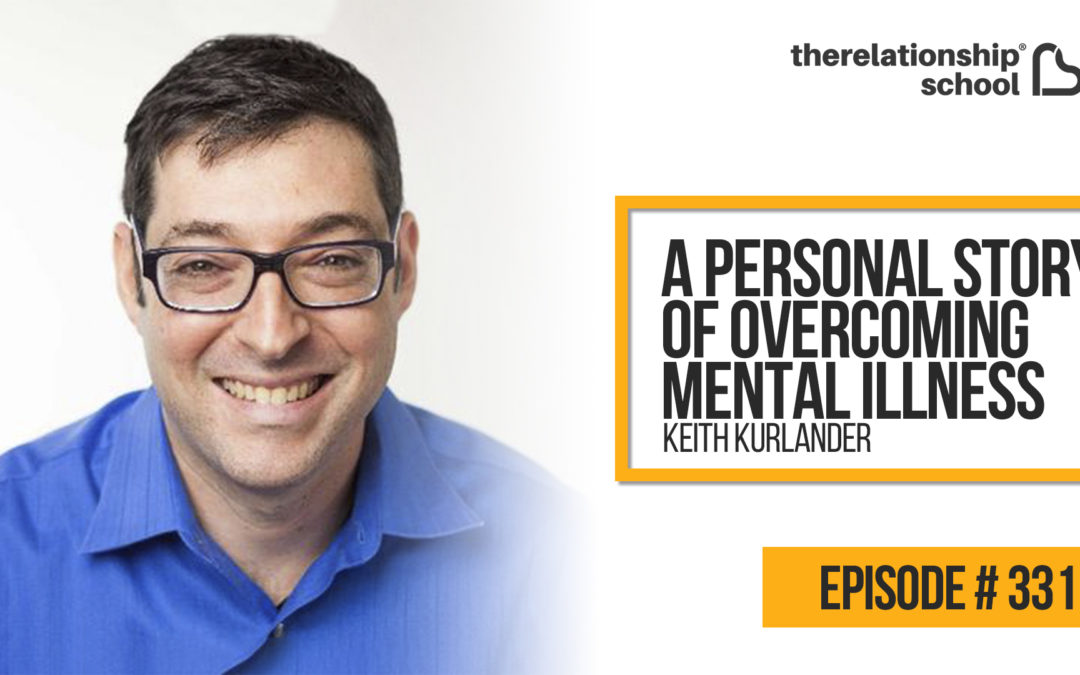


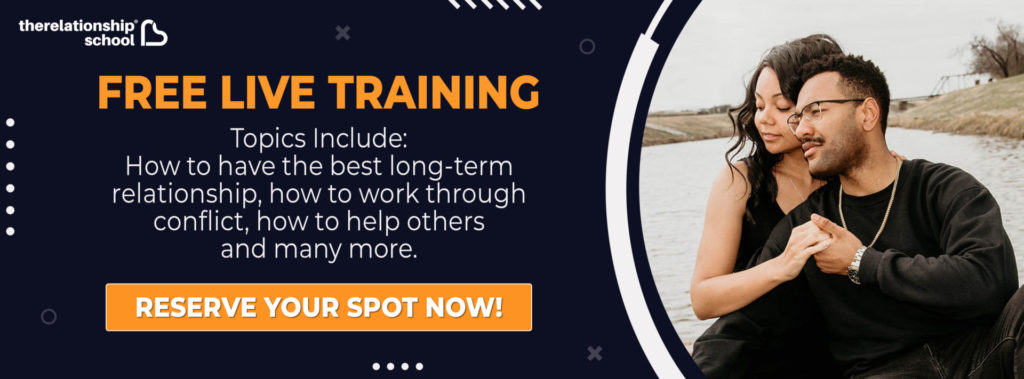
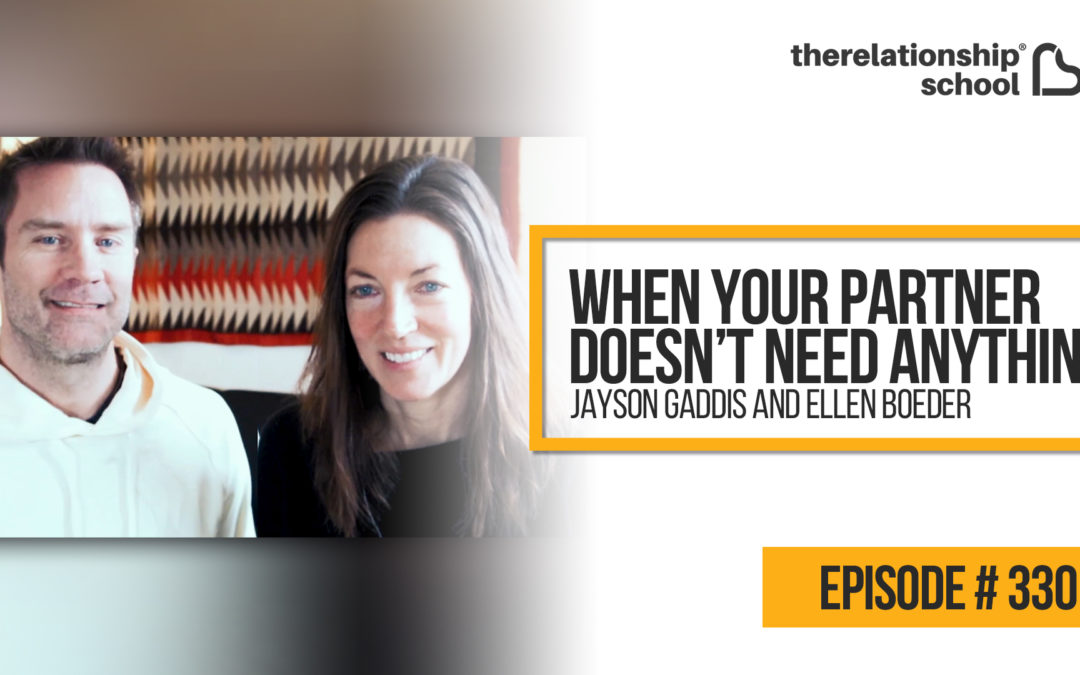


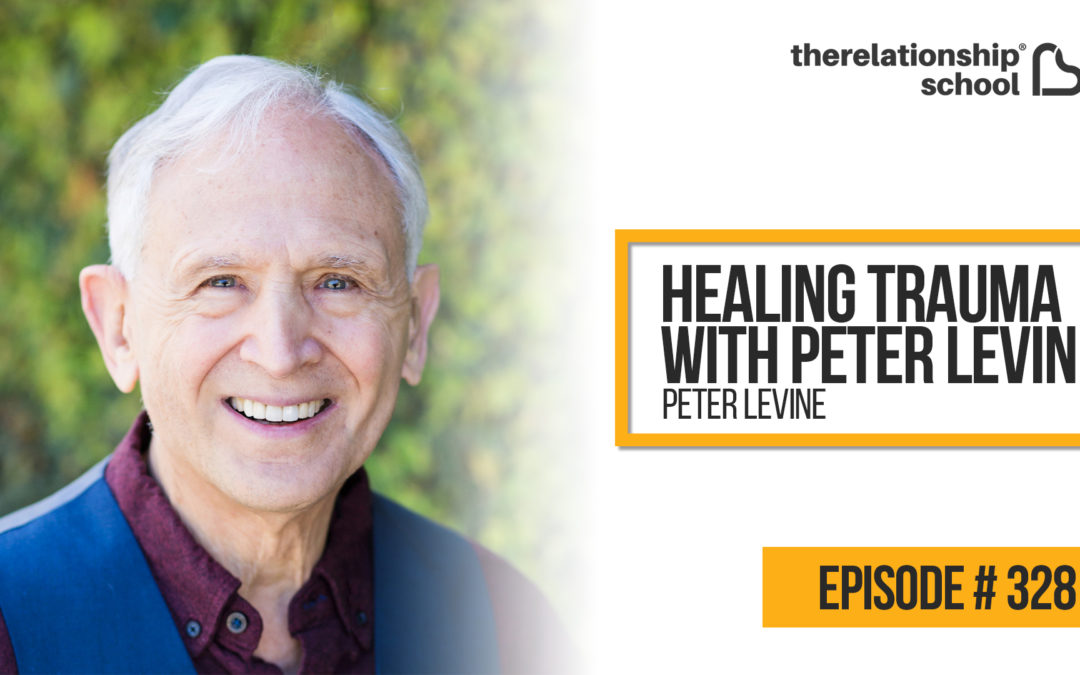
 Peter Levine, PhD, is a psychologist, researcher, and former stress consultant with NASA. He specializes in working with trauma and stress-related disorders.
Peter Levine, PhD, is a psychologist, researcher, and former stress consultant with NASA. He specializes in working with trauma and stress-related disorders.
